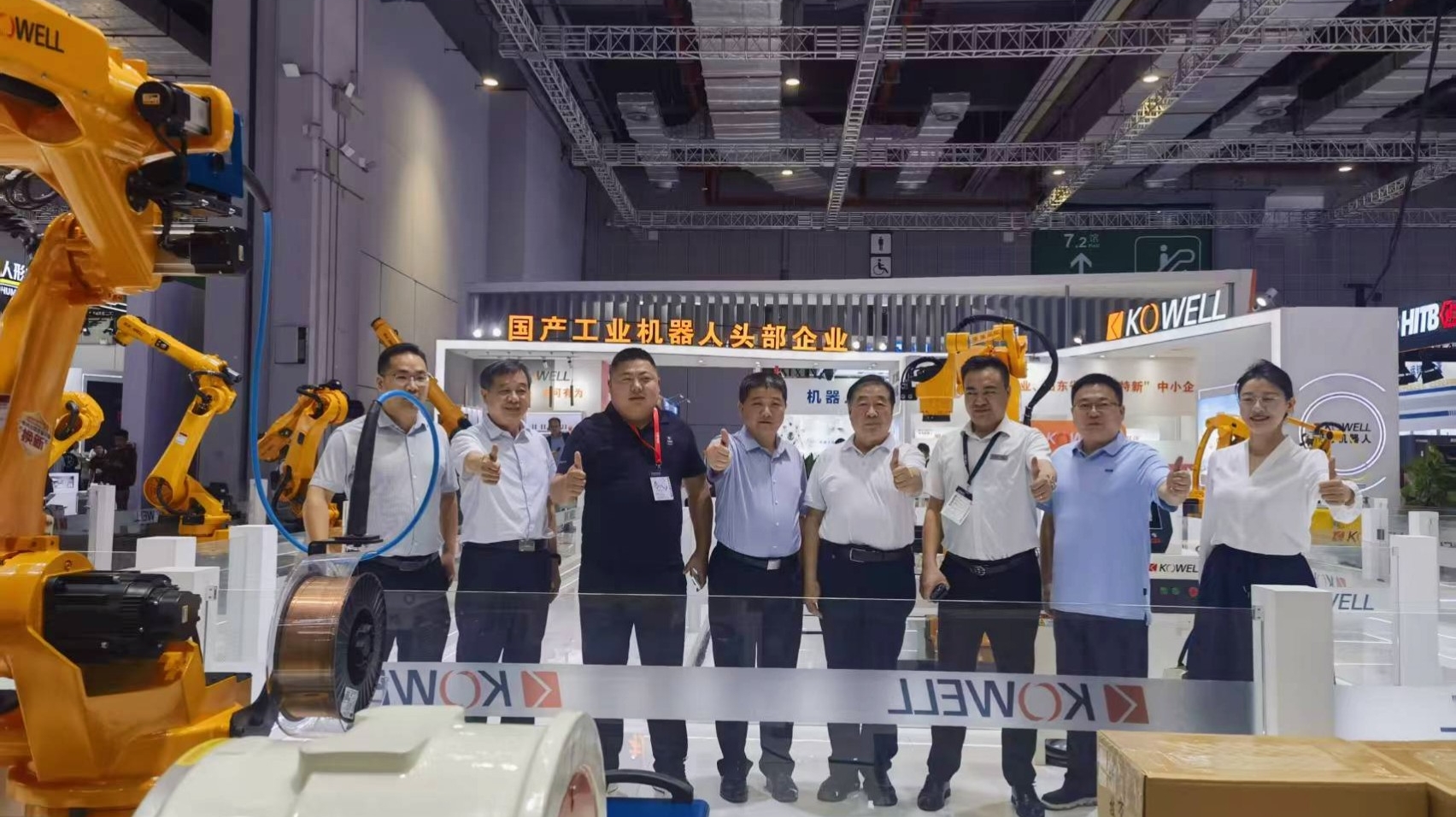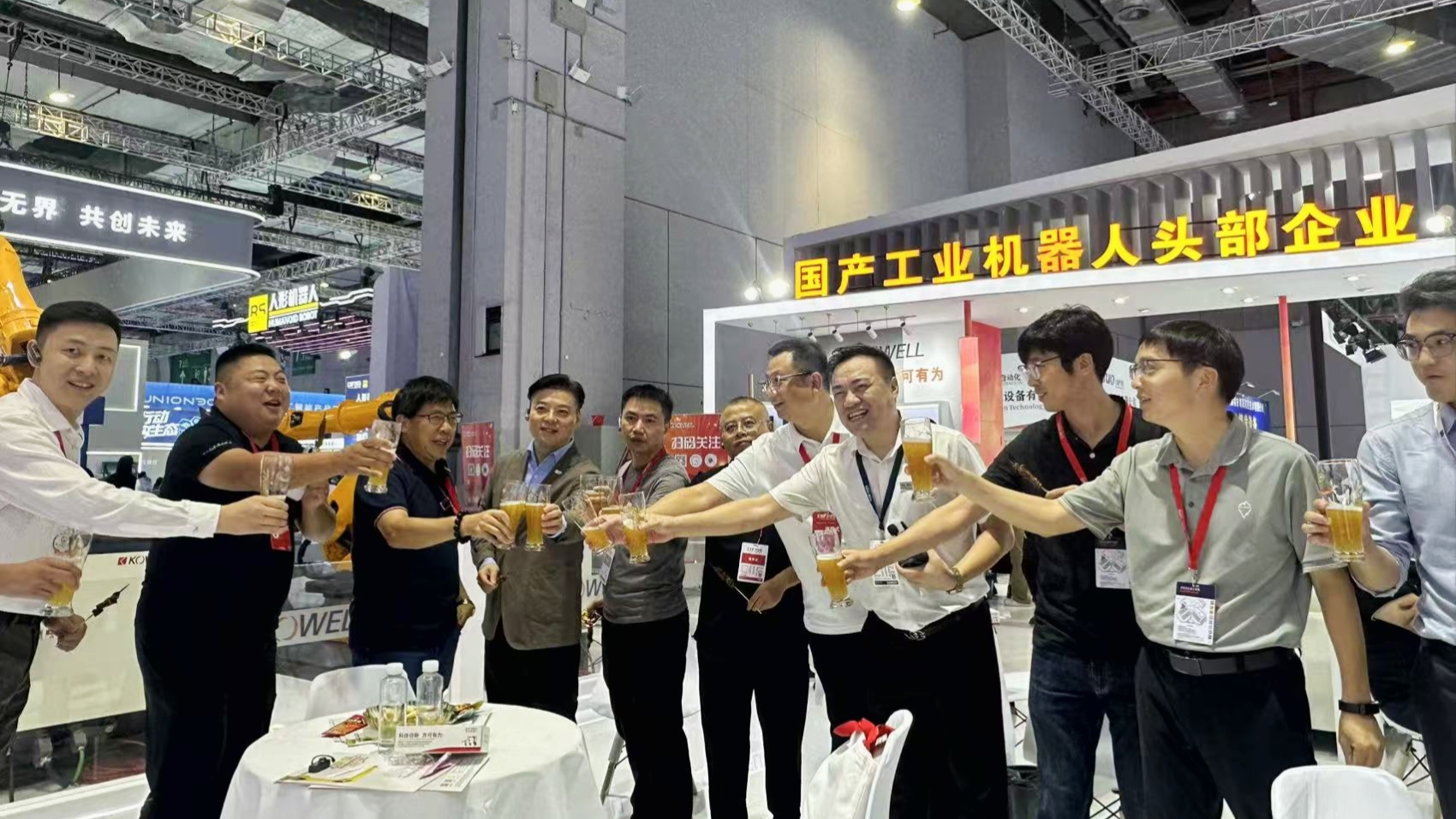In the complex evolution of industrial manufacturing, collaboration has always been regarded as the soul of system efficiency. Traditional collaboration is the division of labor between people; but now, in the context of the increasing integration of digitalization and automation, the meaning of "collaboration" is expanding. The multi-axis collaborative handling robot is the key node that has emerged in this rhythm of change. The collaboration it brings is no longer limited to the synchronization of action execution, but at a deeper level, it promotes the reconstruction of the relationship of production interface.
From handling execution to process collaboration: What changes have taken place in the role?
In the past, the handling robot was often set as a "task terminator": after a device completed production, it was responsible for delivering the material to the next station, with accurate movements and fast responses, but the overall situation was in passive scheduling. When the multi-axis collaborative handling robot enters the site, it is no longer just a point-to-point physical carrier, but gradually evolves into a "dynamic link" connecting upstream and downstream processes.
Its multi-axis structure brings a higher degree of freedom; its collaborative logic enables it to understand the difference in requirements between the previous and next processes, and complete the functional optimization of "link docking" during the material handling process. This transformation seems to be just a softening of the robot's movements, but it actually reflects its new role as a process connector.
Multi-axis is a physical advantage; collaboration is a logical transition
The reason why the multi-axis collaborative handling robot arm has become a key variable in the manufacturing site is that it combines the dual capabilities of "spatial coverage" and "information perception". At the spatial level, the programmability of the multi-axis motion trajectory enables it to adapt to product handling tasks of different shapes, weights, and rhythms; and at the logical level, it can sense and respond to process changes by docking with the production line data system.
This means that it can not only "execute actions" but also "understand rhythm" - becoming a "flexible transmission" of the production rhythm. In a manufacturing environment with multiple orders and short cycles, this ability brings not only efficiency improvement, but also the collaborative elasticity of the entire scheduling system.

The multi-axis collaborative handling robot arm reconstructs the "interface" relationship, not who it replaces
The essence of collaboration is not to replace who, but to redefine the relationship between who and who. In traditional manufacturing systems, equipment is often connected through rigid interfaces, each independent and logically separated. Once one of the links goes wrong, the entire production line often stagnates. The intervention of multi-axis collaborative handling robot arms introduces a flexible mechanism of "buffer + prediction + response" to the manufacturing system.
It can serve as a logical buffer between interfaces to achieve automatic adjustment of production rhythm; it can adjust the handling path and beat based on real-time feedback, thereby reducing waiting and accumulation at workstations; more importantly, it transforms multiple interfaces from "sequential relay" to "cooperative linkage" through its own action choreography capabilities.
More than just an execution layer, it has been embedded in the logic of production organization
When we talk about the value of multi-axis collaborative handling robot arms, we cannot just stay at the mechanical action level. What it brings is a sense of "scheduling participation" - the robot arm is no longer an actuator at the end of the process, but has the judgment of "when to do", "who to do" and "how to do" in the manufacturing organization.
This makes it gradually have a certain ability - both understanding the front-end needs and regulating the back-end rhythm, becoming a key bridge between the planning layer and the execution layer. This embedding is not a functional addition, but a deep adjustment of the manufacturing system architecture.
On-site characteristics of collaborative evolution: flexibility, elasticity, and predictability
Observing the current application cases, we can find a common trend: all production systems that introduce multi-axis collaborative handling robotic arms have three characteristics on site:
Enhanced flexibility: fast line change and multi-task switching become the norm, and the robotic arm can adjust the work path and action strategy according to the task.
Improved elasticity: In the face of sudden order fluctuations or equipment failures, the system's responsiveness is significantly enhanced, and the bottleneck point is no longer solidified.
Predictive intervention: With the integration of production information flow, the robotic arm can predict downstream demand in advance and achieve preparatory actions to "get ahead of others".
These characteristics together constitute a "non-static manufacturing mode", in which the role of the robotic arm is constantly exploring, from tools to systems.
Conclusion: The future of collaboration is rewriting the distribution map of industrial roles
Manufacturing is not a stack of equipment, but an interlocking "flow". And collaboration is the palette of this flow, which determines whether the color of manufacturing is rich and the rhythm is coherent. The emergence of multi-axis collaborative handling robotic arms is not only to move more accurately and more steadily, but also to make the connection between each manufacturing link smoother and smarter.
Its coordination is not only about action, but also goes deeper into the level of structure and logic. In the future manufacturing map, this type of robotic arm will not only be an execution point, but also an interface arranger, rhythm balancer and trigger of flexible scheduling between systems.
Industry is no longer an era of "single-point force", but a future of "overall concerto". And this future is quietly outlined by robotic arms.

Online Consultation
Hello, the current customer service is offline. You can leave your contact information and the staff will respond to you as soon as possible!



![[CIIF Day 4: Technology In-Depth] Kewei Robotics Drives Intelligent Manufacturing with Innovation, Leading the Wave of Industrial Transformation](https://cdn.cnyandex.com/kw_en/uploads/9.26.1.jpg)


![[CIIE First Day: Exploding the House] Kewei Robotics made a stunning appearance at the CIIE, ushering in a new paradigm for intelligent manufacturing!](https://cdn.cnyandex.com/kw_en/uploads/9.23.1.jpg)